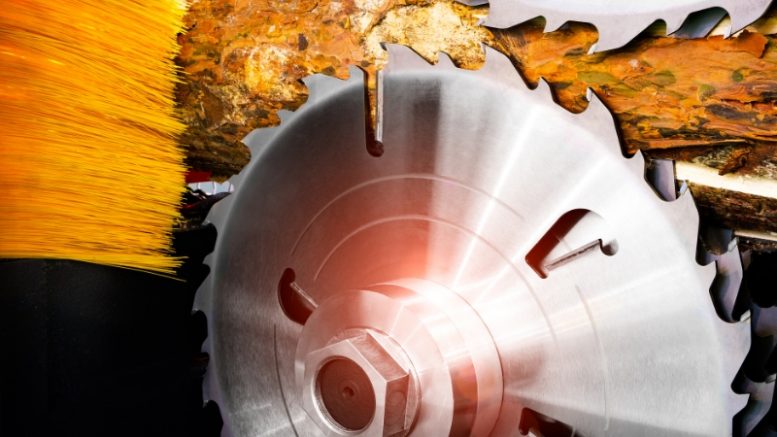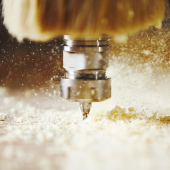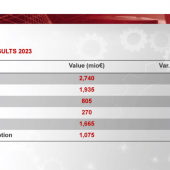The Italian woodworking and furniture technology business is still waiting for a change of the economic scenario. The current phase of reducing orders has been going on for nine quarters and is certainly the most apparent consequence of the formidable growth recorded by this industry and the economy in general in the post-pandemic two-year period. This abrupt return to normal has pushed the indexes back to pre-pandemic levels, and so far, no signs of improvement can be seen.
“We must not surrender to pessimism, as the values are remaining at significant levels”, said Dario Corbetta, director of Acimall, the association of Italian manufacturers. “For sure, the international situation is not supporting companies with an optimistic outlook that would encourage them to reconsider investments in instrumental goods, but the Italian industry remains an excellence of the national offer”.
Let’s take a look at the figures of the quarterly survey by the Studies Office of the Confindustria member association: the data for April-June 2024 indicate an overall reduction of orders by 2.8 percent compared to the same period of 2023. International orders are unvaried, while domestic orders record a further drop by 5.9 percent compared to twelve months ago.
The orders book is down to a backlog of 2.9 months, while prices since January 1st, 2024 have increased by 0.9 percent.
According to the quality survey, 45 percent of the interviewed companies expect substantial stability in production, while 50 percent predict further reduction and 5 percent an increase. About employment, 80 percent of the respondents – a representative sample of the entire industry – expect a stable trend, while the remaining 20 percent fears a reduction.
Available stocks are stable according to 55 percent of the interviewees, increasing for 20 percent and decreasing for 25 percent.
Such mood is reflected by the results of the forecast survey: as to the domestic market, 50 percent of the sample see substantial stability in the short-medium term, 5 percent expect a growing trend and 45 percent a reduction. Opinions are quite “aligned” also about the international market: 50 percent believe the trend will remain stable, things will get worse for 35 percent of the respondents, while 15 percent (so, a 10 percent higher rate of optimistic opinions) are betting on stronger demand from the rest of the world.














